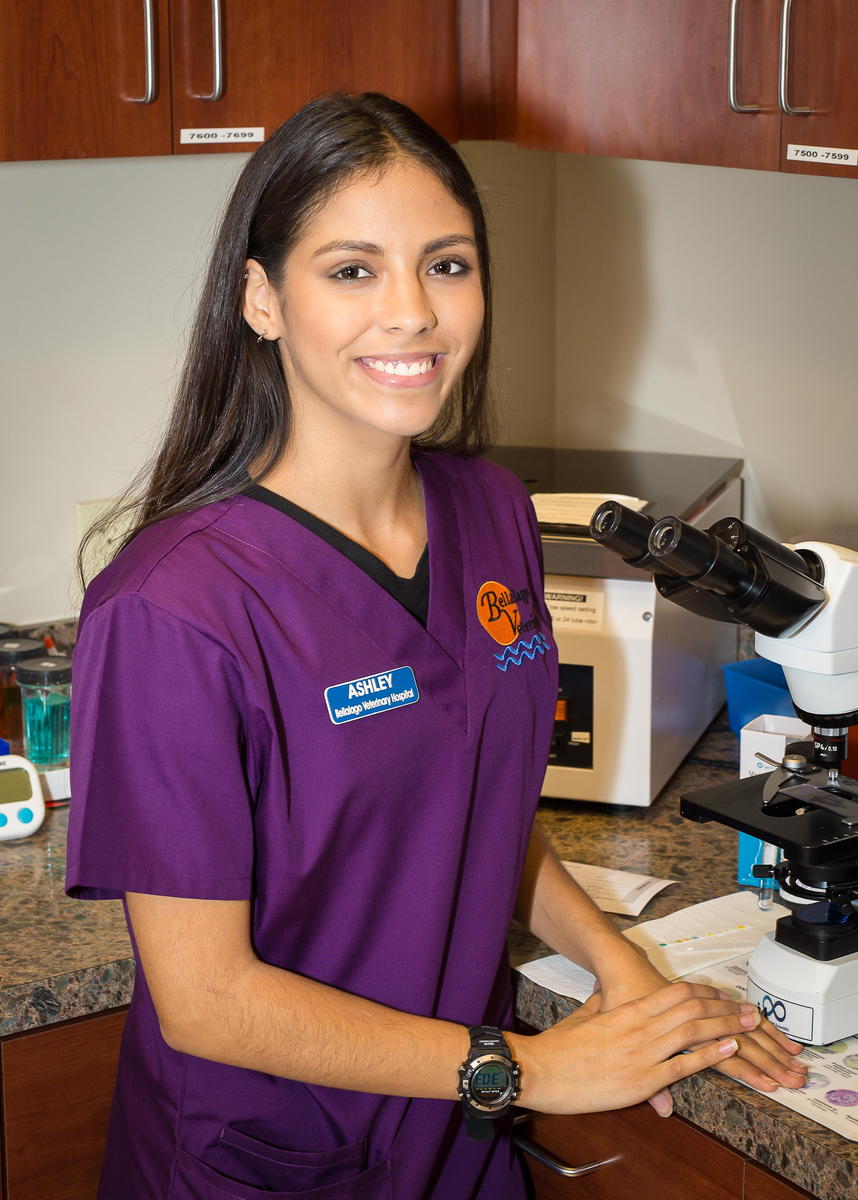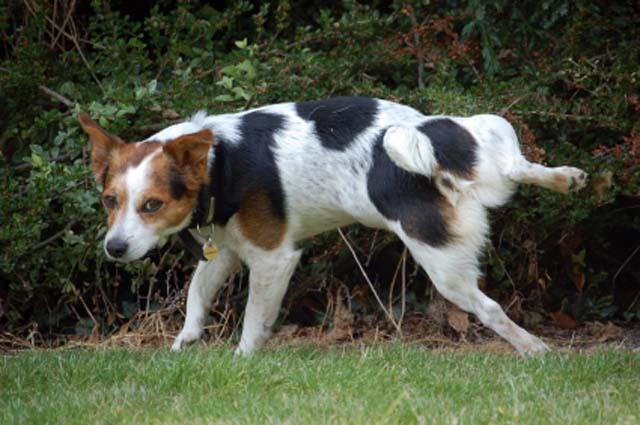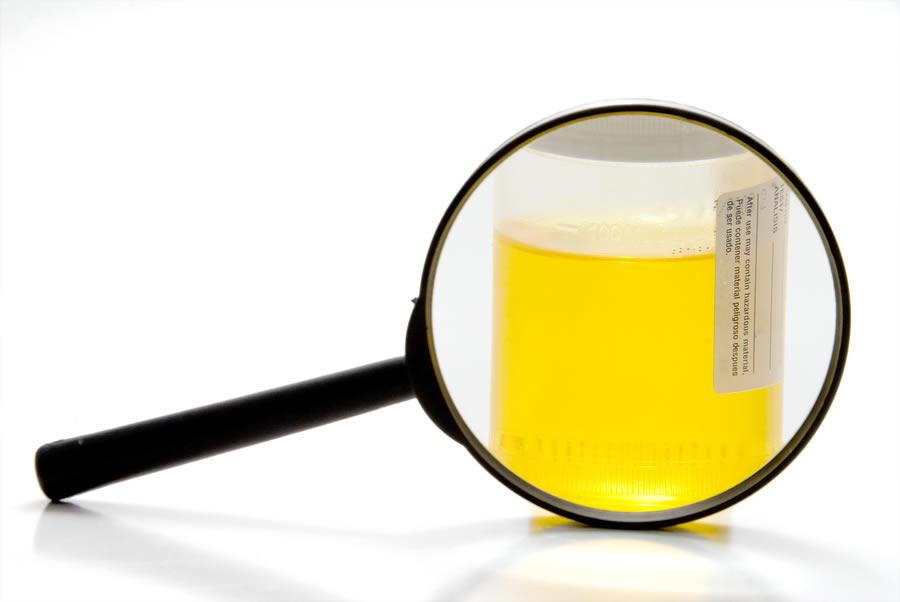Why does my Vet want my Pet's Pee and what do they do with it?
- posted: Mar. 29, 2017
Why does my Vet want my Pet's Pee and What do they do with it?
by Ashley, Assistant
Bellalago Veterinary Hospital
Have you ever wondered what goes on in the lab area after we have obtained urine from your pet in order to run a urinalysis?
Well, before we get to the laboratory portion let’s talk about the collection methods. Depending on the situation will determine the type of collection method we pursue. The four options for collecting urine are free catch, catheterization, cystocentesis, and manual expression. A voided sample or a “free catch” sample is the most common and allows us to collect urine while your dog is out for a walk or when your cat urinates inside their litter box (with special granules that won’t absorb the litter). We can even use a urine sample if your pet has urinated on the floor or table, although there is a bigger chance of contamination from where the urine was obtained. Manual expression is actually the least common method as it can possibly rupture the bladder or cause trauma. This is normally performed if the patient is sedated or under anesthesia. The other two methods are required for a sterile sample. Catheterization involves a catheter entering the bladder with a syringe on the end while a cystocentesis involves our technicians directly drawing urine with a needle and syringe. Once urine is collected for an in-house urinalysis we will pour the urine into a clean centrifuge tube, and it is ready for our technicians to begin examination.

Now, we are able to discuss the lab portion! A urinalysis includes a physical, chemical, and a microscopic analysis. As part of the physical examination portion our technicians are looking at color, appearance, and specific gravity of the urine. Normal color ranges from yellow to amber and depending on the concentration, dilute urine will be pale while concentrated urine will be darker. There are actually numerous abnormalities that result in color changes and urine should not typically be pink, red, orange, brown, or white. After color is assessed, it is time to examine the turbid
ity of your pet’s urine. Our technicians should be able to see right through the tube without any cloudiness, floating substances, or mucous present. White blood cells, bacteria, and even fat can cause cloudy urine. Time for specific gravity! A drop of urine is placed on a refractometer that is used to read the specific gravity. This is a measurement used to identify the diluting ability of your pet’s kidneys. We have had quite a few cases where owners have reported a strong odor and in addition to the physical exams mentioned above, the odor of your pet’s urine can also be helpful with diagnostics.
Next step is the chemical examination. Our technicians will take a dropper and fill it with urine so they are able to spin the rest in our centrifuge machine while performing a dipstick test. They will take the dropper and place a drop of urine on each reagent pad on a dipstick to determine a few factors like glucose, blood, protein, leukocytes, and the pH of the sample.
 Once the patient’s urine has finished spinning for about 5 minutes in the centrifuge machine it is time for the microscopic examination portion. Our technicians will gently empty the tube of urine, leaving the sediment at the bottom. At our clinic, we prefer to examine urine both stained and un-stained for microscopic evaluation. This particular portion will allow our technicians to identify red blood cells, white blood cells, crystals, and even bacteria that is present in your pet’s urine! At the end of the urinalysis they will give a detailed report sheet to our Doctor to help aid with a diagnosis.
Once the patient’s urine has finished spinning for about 5 minutes in the centrifuge machine it is time for the microscopic examination portion. Our technicians will gently empty the tube of urine, leaving the sediment at the bottom. At our clinic, we prefer to examine urine both stained and un-stained for microscopic evaluation. This particular portion will allow our technicians to identify red blood cells, white blood cells, crystals, and even bacteria that is present in your pet’s urine! At the end of the urinalysis they will give a detailed report sheet to our Doctor to help aid with a diagnosis.To conclude, by examining your pet’s urine it allows the medical team to assess the overall kidney function but also aids in the detection of urinary tract infections and bladder infections. If you notice any issues with your pet as far as excessive urination/drinking, painful urination, blood within the urine or even straining to urinate please call to have your pet evaluated as soon as possible!
Location
Find us on the map
Bellalago Veterinary Hospital
3809 Pleasant Hill Rd
Kissimmee, FL 34746, US

